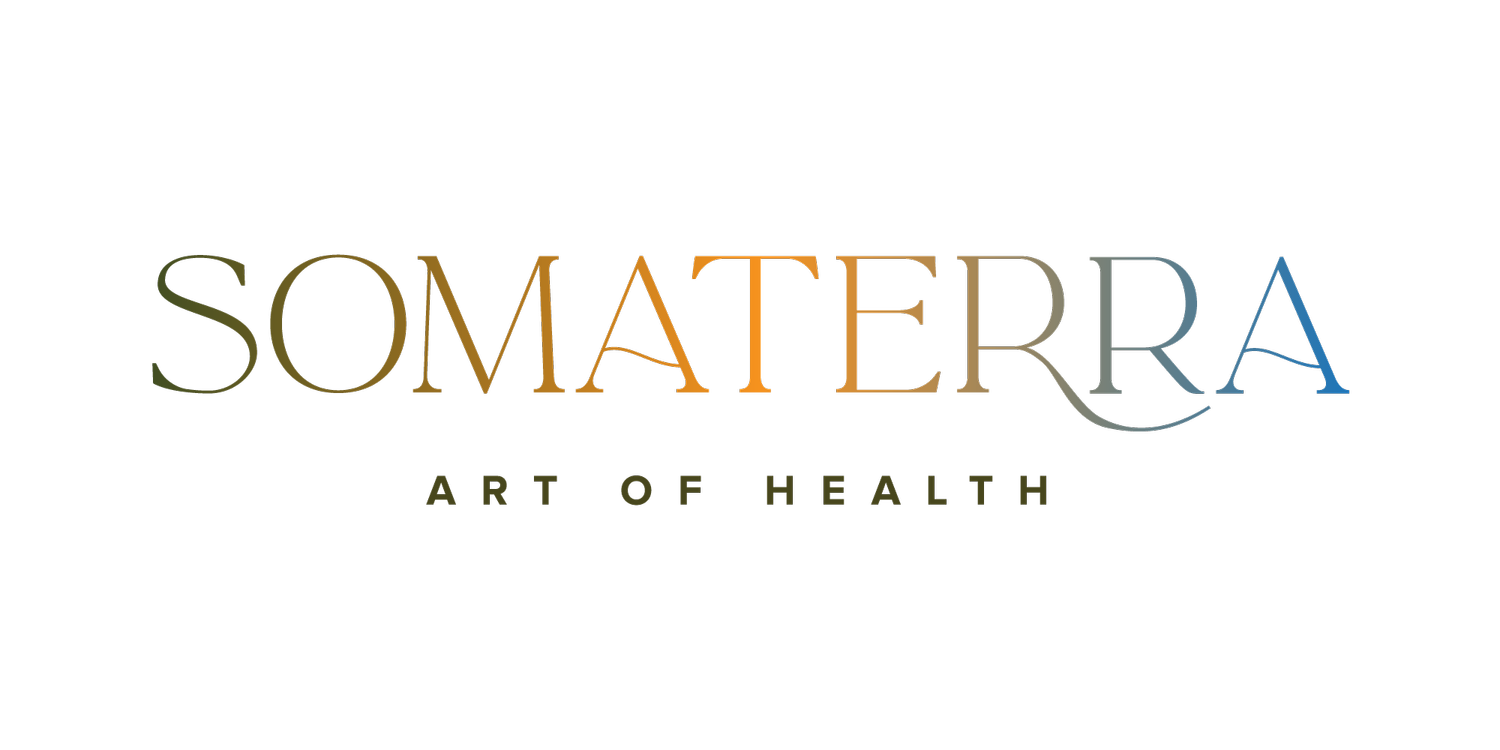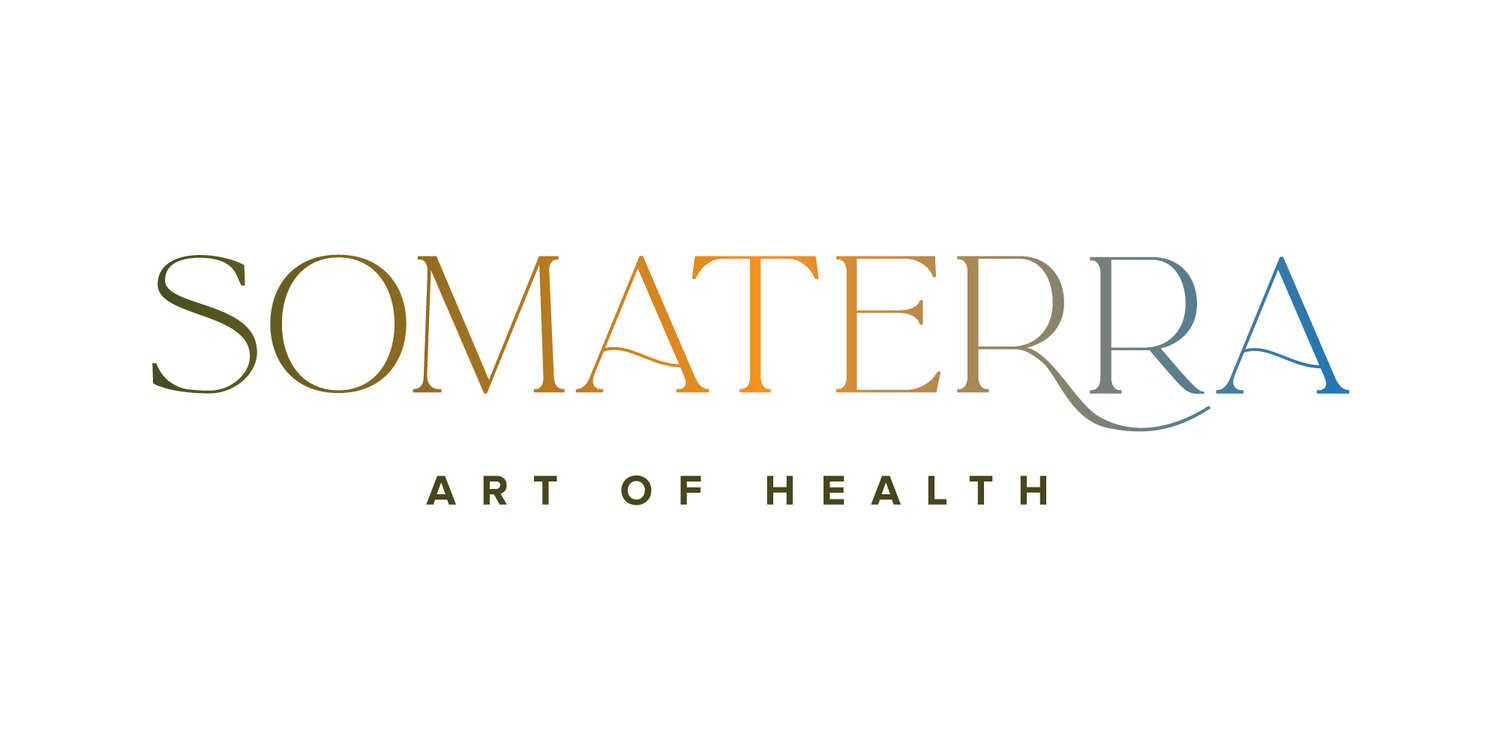
Acupuncture
Acupuncture is recognized by the WHO and the NIH as an effective treatment for a wide range of medical conditions.
Acupuncture is a widely known treatment for pain management, but did you know that isn't the only trick up its sleeve?
Acupuncture is recognized by the WHO and the NIH as an effective treatment for a wide range of medical conditions. These are outlined as follows :
Low back pain, neck pain, sciatica, tennis elbow, knee pain, periarthritis of the shoulder, sprains, facial pain (including craniomandibular disorders), headache, dental pain, tempromandibular (TMJ) dysfunction, rheumatoid arthritis, induction of labor, correction of malposition of fetus (breech presentation), morning sickness, nausea and vomiting, postoperative pain, stroke, essential hypertension, primary hypotension, renal colic, leucopenia, adverse reactions to radiation or chemotherapy, allergic rhinitis, including hay fever, biliary colic, depression (including depressive neurosis and depression following stroke), acute bacillary dysentery, primary dysmenorrhea, acute epigastralgia, peptic ulcer, acute and chronic gastritis.
Acupuncture is an ancient practice that is thousands of years old, meanwhile only in the West for mere decades. It is one of the foundational 5 branches of Chinese Medicine, the others include herbalism, nutrition, tuina massage, and inner cultivation.
Acupuncture needles are incredibly thin. They are single use and disposable. There are different materials used, but the most common is surgical grade stainless steel. Other materials include silver, gold, or copper.
There are many sensations that are common to experience during acupuncture including warming, tingling, numbness, or even an electrical feeling. Unless they are painful or over-stimulating, these are often regarded as a good sign.
The number of needles and placement of them are entirely dependent on the patient's main complaint, condition that day, and overall constitution. The needles are retained in place for 15 - 45 minutes while the patient rests in place.
Sometimes your practitioner will suggest adding electrical stimulation to the needles to enhance the therapeutic effect. Different frequencies are applied for specific durations. The patient is in control of the intensity of treatment. E-stim treatments often last 10 - 20 minutes, but can go longer depending on what is being treated. Patients who are pregnant or with a pacemaker will not be able to receive electrical stimulation.
Acupuncture from a trained Chinese Medicine Acupuncturist or Practitioner is very safe. These designations mean that they have spent a minimum of 3 years training to perform Acupuncture, and even longer to prescribe Chinese Herbal Medicine.
Most people report feeling relaxed after an acupuncture treatment. It is normal to feel the effects for many days following treatment.

